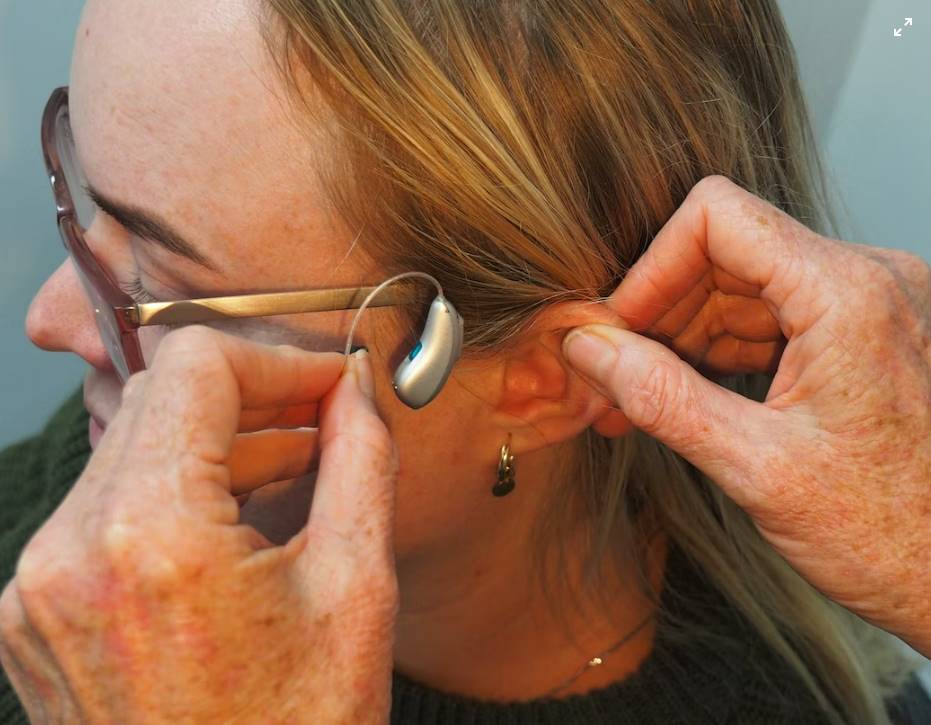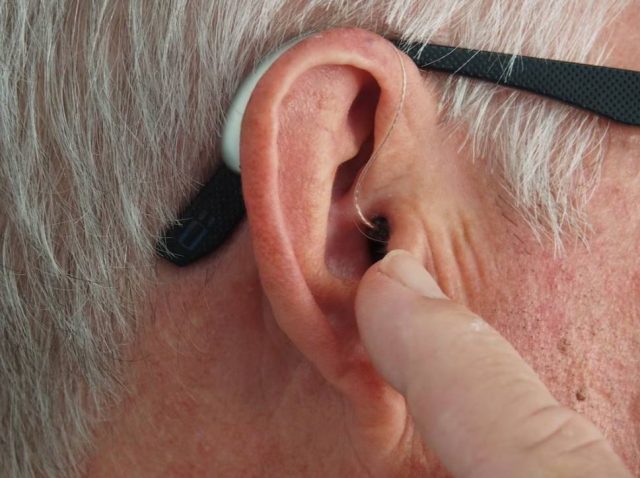For those experiencing hearing loss, finding the right type of hearing aid is an important decision that can have a major impact on their life. From inexpensive analog models to expensive digital ones, there are several different types of hearing aids available and it’s important to understand all your options before making a purchase. In this blog post, we’ll explore the various types of hearing aids so you can choose which one best fits your personal needs and lifestyle. We’ll discuss key features like price point and compatibility with smartphones or other devices as well as how an audiologist might evaluate your needs when helping you make the right choice for better hearing health.
Overview of Different Types of Hearing Aids
Living with hearing impairment can be discouraging, but with modern technology, hearing aids can significantly improve the quality of life for those affected. There are many different types of hearing aids available today, each designed to suit different lifestyles, budgets, and types of hearing loss. The most popular options include behind-the-ear (BTE) hearing aids, receiver-in-canal (RIC), in-the-ear (ITE) hearing aids, completely-in-canal (CIC), and invisible-in-canal (IIC). BTE hearing aids are larger and sit behind the ear, while smaller ITE and IIC models fit into the ear canal. RIC hearing aids are similar to BTE models but are smaller and more discreet. CIC hearing aids are the tiniest of all and go completely inside the ear canal. When seeking the right hearing aid, ensure to consult with a professional to get the right one suitable for you. You can buy hearing aids online or from an audiologist. When you purchase hearing aids, it’s important to understand what features and specifications are available so that you can make an informed decision.
Behind the Ear (BTE) Aids
Behind-the-ear (BTE) aids are one of the most prevalent types of hearing aids due to their versatility and flexibility. These aids sit behind the ear and send amplified sounds directly into the ear canal, providing a more natural sound quality. Additionally, BTE aids are much easier to handle and maintain compared to other types of hearing aids. They come in a range of colors to suit different preferences and can also be customized to fit the individual’s ear. One major advantage of these aids is their suitability for those with severe hearing loss, making them a top choice amongst audiologists and patients alike. With advancements in technology, BTE aids now come with a range of features such as Bluetooth connectivity, feedback reduction, and background noise suppression, making them more appealing than ever before.
In-the-Ear (ITE) Aids
ITE hearing aids have become increasingly popular as they provide a comfortable and discreet option for individuals experiencing hearing loss. Unlike other types of hearing aids, ITE aids fit snugly in the ear and are custom-made to fit the shape of the wearer’s ear canal. This means that they are practically invisible and offer a more natural listening experience. Not only do they enhance the wearer’s hearing abilities in quiet environments, but they also assist in picking up sounds in noisy situations, which can often pose a significant challenge for those with hearing loss. Overall, ITE aids offer a practical and aesthetically pleasing solution for individuals seeking to improve their hearing abilities.
Completely-in-the-Canal (CIC) Aids
Completely-in-the-Canal (CIC) Aids are the perfect solution for those who are looking for a discreet and comfortable hearing aid. This type of hearing aid is specially designed to fit entirely inside the ear canal, making it nearly invisible to others. CICs are popular due to their ability to provide maximum comfort while also enhancing sound quality. They are suitable for people with mild to moderate hearing loss and are typically custom-made to fit the unique shape of each person’s ear canal. With the latest technology, CICs are becoming even more advanced, offering features such as wireless connectivity and smartphone compatibility. If you are looking for a way to discreetly improve your hearing, then the Completely-in-the-Canal (CIC) Aid may be the perfect option for you.


A professional writer with over a decade of incessant writing skills. Her topics of interest and expertise range from health, nutrition and psychology.


